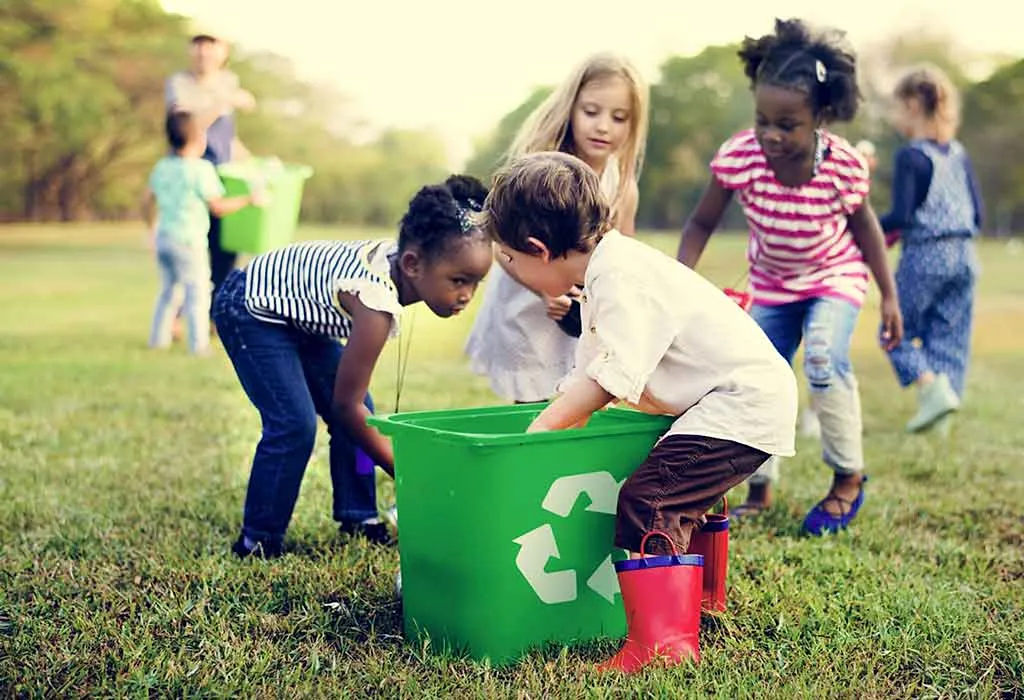In an era marked by growing digitalization and societal disconnection, the imperative of involving children in community activities has never been more pronounced. Engaging youngsters in these communal endeavors not only nurtures a profound sense of belonging and responsibility within them but also serves as a crucible for the cultivation of indispensable life skills and values. This piece delves into the importance of engaging children in community activities and offers pragmatic guidance on crafting an enjoyable and enriching experience for them.

The Importance of Involving Kids in Community Activities
Building a Sense of Community:
When children participate in community activities, they become more connected to their surroundings and the people who live there.This fosters a sense of belonging, making them more likely to develop a strong attachment to their community.
Instilling Values and Character:
Community activities provide opportunities for kids to learn important values such as empathy, compassion, and teamwork.Volunteering, for example, teaches them the significance of helping those in need and the joy of giving back to society.
Developing Social Skills:
Interacting with different people in community settings helps children develop essential social skills.They learn to communicate effectively, resolve conflicts, and appreciate diversity.
Enhancing Self-Esteem:
Accomplishing tasks in a community setting can boost a child’s self-esteem and confidence.It helps them recognize their abilities and realize the positive impact they can have on others.
Tips on Involving Kids in Community Activities
Lead by Example:
Children often emulate their parents or caregivers. Show them the importance of community involvement by actively participating in community activities yourself.
Choose Age-Appropriate Activities:
Select activities that are suitable for your child’s age and interests. This ensures they stay engaged and enjoy the experience.
Start Small:
Begin with simple activities like neighborhood cleanups, food drives, or local park maintenance.As your child becomes more comfortable, you can explore more complex projects together.
Discuss the Why:
Explain to your child why community involvement is important. Share stories of how it positively impacts people and the neighborhood.
Encourage Volunteering:
Volunteer as a family at local charities or events.Encourage your child to find causes they are passionate about and support them in getting involved.
Make It Fun:
Organize events or activities that are enjoyable for children, such as community picnics, art projects, or sports events.
When kids have fun, they are more likely to stay engaged.
Reflect and Celebrate:
After each community activity, discuss what your child learned and achieved.Celebrate their contributions and the positive impact they had on the community.
Connect with Local Organizations:
Reach out to local organizations, schools, or community centers to find out about upcoming events or opportunities for involvement.
Conclusion
Engaging children in community activities represents a potent method for molding them into conscientious, empathetic, and actively involved members of society. By affording them chances to establish connections, acquire knowledge, and actively participate in their local community, we not only enhance the quality of their lives but also foster a more robust and compassionate society. Therefore, let us wholeheartedly recognize the significance of involving children in community endeavors and integrate it seamlessly into their upbringing. In doing so, we collaboratively cultivate a generation that esteems community, empathy, and constructive transformation.
Read More:- Top 7 Advantages And Disadvantages Of NGOs
Read More:- A COMPREHENSIVE EXPLORATION OF THE CONCEPT OF LEARNING
